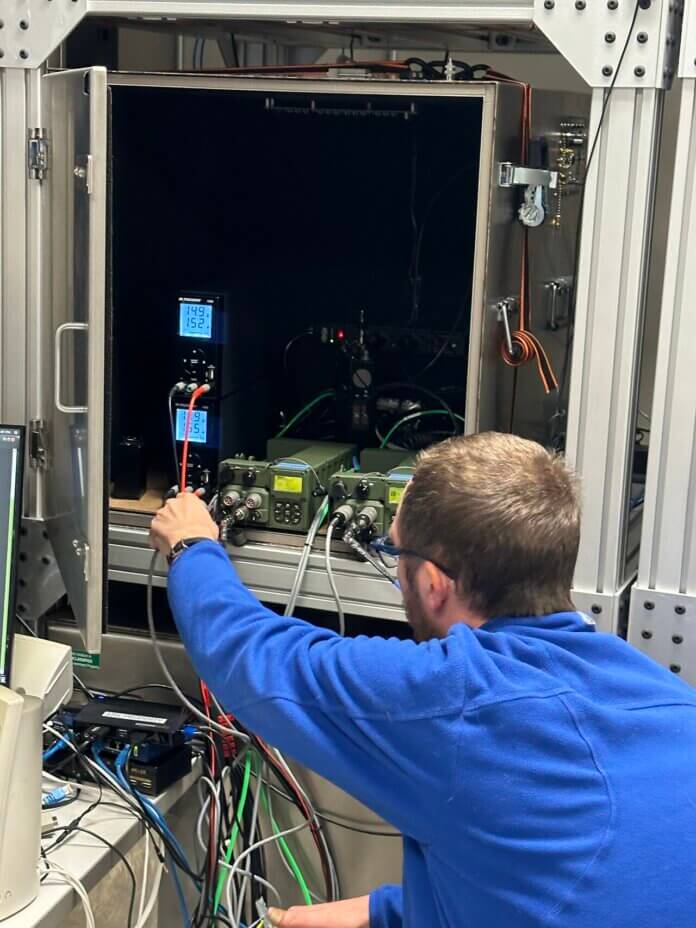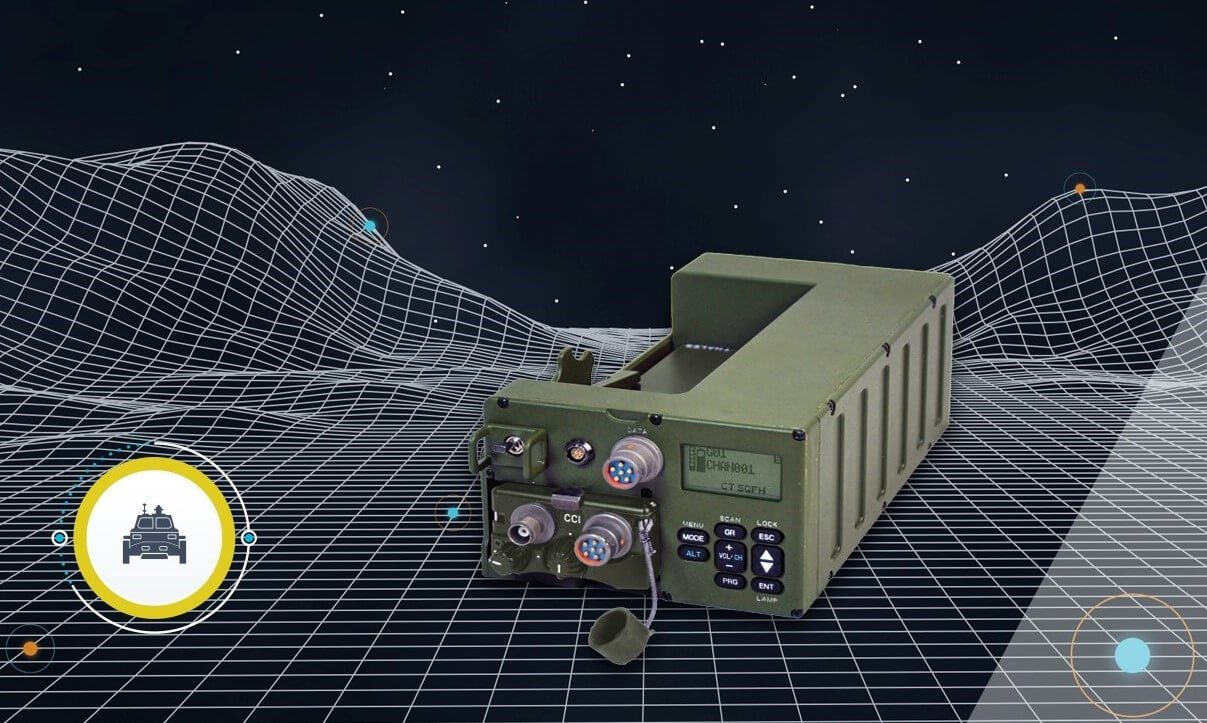
The US Army’s Combat Net Radio takes an important step towards service entry as the system begins its first article testing phase.
The US Army’s Programme Executive Office for Tactical Command, Control and Communications (PEO C3T) announced in March that the Combat Net Radio (CNR) has entered its first article testing phase. Thales is providing the Very High Frequency (VHF: 30 megahertz/MHz to 512MHz) CNR. Designated as the RT-2129, the company won the ten-year contract to provide the radio in May 2022. The RT-2129 is based on Thales’s AN/PRC-148 Joint Tactical Radio System Enhanced Multiband Inter/Intra Team Radio. The AN/PRC-148 is a multiband (30MHz to 512MHz), multi-channel system intended for squad/team leaders. In contrast, the RT-2129 is a single-channel transceiver for subordinates. Thales’s contract could be worth up to $6 billion and could see the delivery of circa 7,000 RT-2129 radios. The RT-2129 replaces the erstwhile L3Harris RT-1523 Single Channel Ground and Airborne Radio System (SINCGARS) VHF transceiver.
Waveforms
US Army sources have told Armada that the CNR will carry the SINCGARS waveform. As the new radios include SINCGARS this will ensure interoperability with older transceivers also using this waveform. Given the timelines for CNR introduction, new and legacy radios will need to run side-by-side for some time.
Testing Times
According to the PEO C3T, the Combat Net Radio completed a “vendor-led excursion” at the Electronic Proving Ground (EPG) at Fort Huachuca, Arizona in February. With the completion of the vendor-led excursion, the RT-2129 now moves into first article testing. Lieutenant Colonel Brandon Motte, the PEO C3T’s waveforms product manager, told Armada that “the first article testing phase consists of environmental tests, lab-based tests and field-based tests.” Some of these environmental tests will occur at the vendor’s facilities and will be observed by the Defence Contract Management Agency (DCMA). The DCMA supervises and manages US defence contracts. These environmental tests will include ballistic, shock and temperature testing, Lt. Col. Motte explained. Government-led laboratory testing will occur in government-owned facilities and will entail “preliminary testing of the (radio’s) software, hardware, and functions of the equipment.” Field testing will occur at several army sites, including the EPG, and will see “additional performance testing while in an operational environment.”
Lt. Col. Motte said that the first article testing phase is expected to take between four and six weeks in June and July. Additional testing will follow in the form of an Operational User Assessment (OUA). The OUA is due to take place at the US Army’s Manoeuvre Battle Lab at Fort Moore, Georgia. “The purpose of the OUA is to gather soldier feedback on the new CNR variant” and will take place in October 2024. The first US Army units are expected to receive the CNR by the end of the year.

by Dr. Thomas Withington












